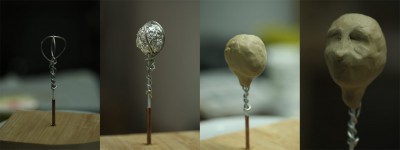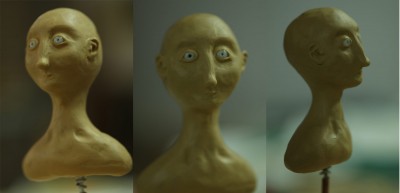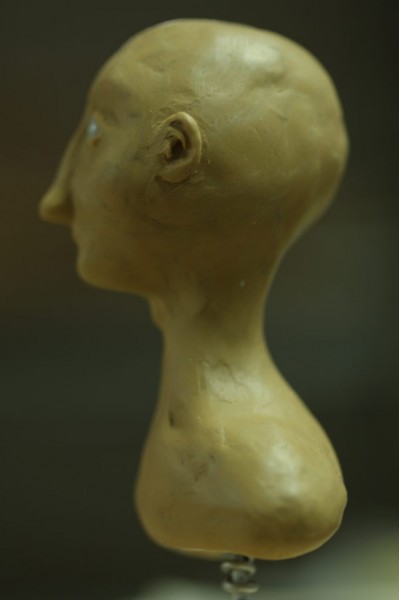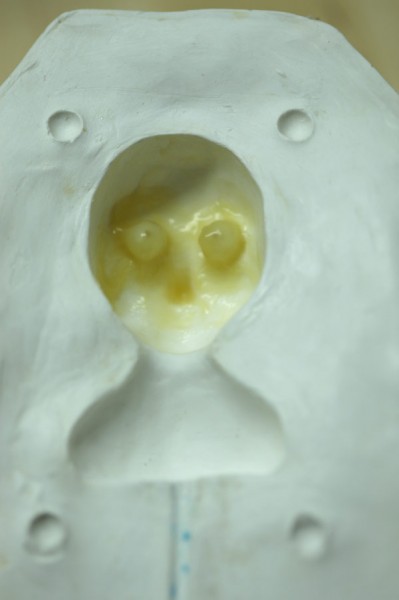One day I want to make a robotic syle of puppet, just so I can use these hands as they are here. I love how the wires look like tendons.
Next these’ll get dipped in liquid latex and painted.
Also, I don’t know how many of you stopmotioners get excited about fonts, but I do. These guys fell into my inbox in the past week or so:
Aren’t they luscious?








































